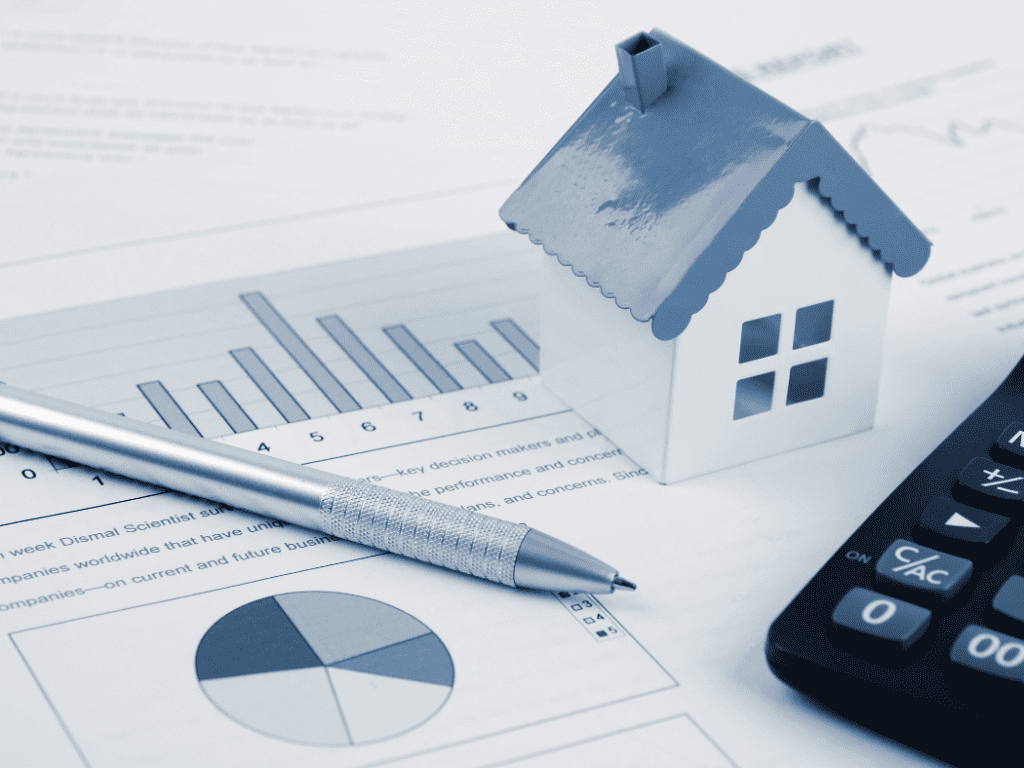
The Key Steps to a Successful Home Purchase in Ontario
Ready to Buy a Home in the GTA?
Are you considering taking the steps to purchase a house in Ontario, whether in Toronto, Ajax, Etobicoke, or other parts of the province? Whether you’re drawn to a downtown condo or a cozy suburban house, understanding the Ontario house buying process is essential. Let’s walk through the key steps to help make your journey to homeownership a smooth and successful one.
Are You Ready to Buy a Home?
Before jumping into the process, it’s important to assess whether you’re truly prepared. The Ontario house buying process is a major financial commitment, and knowing you’re ready for this investment is crucial. Here are some signs that you’re on the right track.
-
You’ve Been Saving Consistently
Saving for a down payment can be one of the most challenging parts of buying a home. If you’ve been able to regularly set aside money, that’s a good indicator you’re financially ready to take the next step. Aiming for a 20% down payment will help you avoid additional costs like mortgage default insurance.
-
Your Credit is in Good Shape
Your credit score plays a significant role in securing a mortgage. Before you start searching for homes, check your credit to ensure it’s in good standing. A strong credit score helps you qualify for better mortgage rates and loan options.
-
You Understand Your Financing Options
Knowing how much you can afford is a critical part of the home-buying process. In general, your total household expenses, including mortgage payments, should not exceed 30% of your monthly income. Doing this financial research ahead of time ensures you stay within your budget.
-
You’re Ready for the Commitment
Buying a home is a long-term decision that requires careful planning. If you’ve been considering this move for some time and feel confident about your financial situation and future plans, you’re likely ready to take the plunge into homeownership in Ontario.
Key Steps in the Home-Buying Process
Once you’ve determined you’re ready, it’s time to navigate the steps to homeownership in Ontario. Here’s an overview on what you can expect.
-
Save for the Down Payment
Your down payment is a crucial part of purchasing a home. Here’s a breakdown of what you’ll need:
- For homes priced up to $500,000, you’ll need at least 5% of the purchase price.
- For homes between $500,000 and $1.499 million, you’ll need 5% on the first $500,000 and 10% on the remaining amount.
- For homes over $1.5 million, you’ll need a minimum down payment of 20%.
-
Create a Savings Plan
Building your down payment takes time, but there are strategies to help you reach your goal faster:
- Cut Unnecessary Expenses: Small adjustments to your spending can add up quickly.
- Pay Down Debt: Reducing debt frees up more of your income for saving.
- Open a TFSA: A tax-free savings account is a great way to save without being taxed on your earnings.
- Borrow from Your RRSP: The Home Buyers’ Plan allows you to withdraw up to $35,000 from your RRSP to put toward your down payment.
-
Determine Your Price Range
Setting a realistic budget is crucial before you start looking at homes. While your pre-approval provides a guideline, it’s important to make sure your monthly payments and future home expenses fit into your financial plan.
-
Get Pre-Approved for a Mortgage
Pre-approval is an essential step in the Ontario house buying process. It not only gives you a clear understanding of your budget but also shows sellers that you’re serious about purchasing. Pre-approvals typically last 60 to 120 days, so it’s important to get this step out of the way early.
-
Start Searching for Your Home
Now comes the exciting part—searching for your new home! Your real estate agent will help you find properties that fit your needs and budget. Whether you’re looking at condos in Toronto or family homes in Oakville, your agent will ensure you see the latest listings that match your criteria.
-
Make an Offer
Once you’ve found the right property, it’s time to make an offer. Your offer will include the price, a proposed closing date, and any conditions such as financing or a home inspection. In competitive markets, waiving some conditions might make your offer more attractive, but it’s important to weigh the risks carefully.
-
Closing the Deal
The final step in the Ontario house buying process is closing the deal. During this stage, you’ll work with legal representatives, sign the necessary paperwork, and complete a final walkthrough of the home. Be sure to budget for closing costs, which typically range from 1.5% to 4% of the purchase price.
Take the First Step
Whether you’re searching for a house in Ajax, a condo in Toronto, or a family home in Vaughan, understanding the steps to purchasing a house in Ontario will help you make the best decisions along the way. As experienced real estate agents, we can guide you through each step and ensure a smooth experience.
When you’re ready to begin the steps to homeownership in Ontario, contact us to learn how we can help you find your dream home in the GTA!
Further Reading for Ontario Home Buyers
To help guide you through the home-buying process, check out these helpful resources:
- Mortgage Financing Simplified: A Guide for Ontario Buyers: Learn everything you need to know about securing a mortgage in Ontario.
- First-Time Home Buyer Programs – Ontario: Explore the programs available to help first-time buyers.
- Finding Your Perfect Home in the GTA: A guide to finding the right property for you.
- Ontario Home Buyer Programs: Smart Guide to Best Choices: Discover the best programs to make your home purchase easier.
- Canada Mortgage and Housing Corporation (CMHC): A trusted resource on mortgage insurance, housing markets, and buyer programs across Canada.
- Ontario Land Transfer Tax Calculator: Use this tool to calculate your land transfer tax obligations and find potential rebates.


